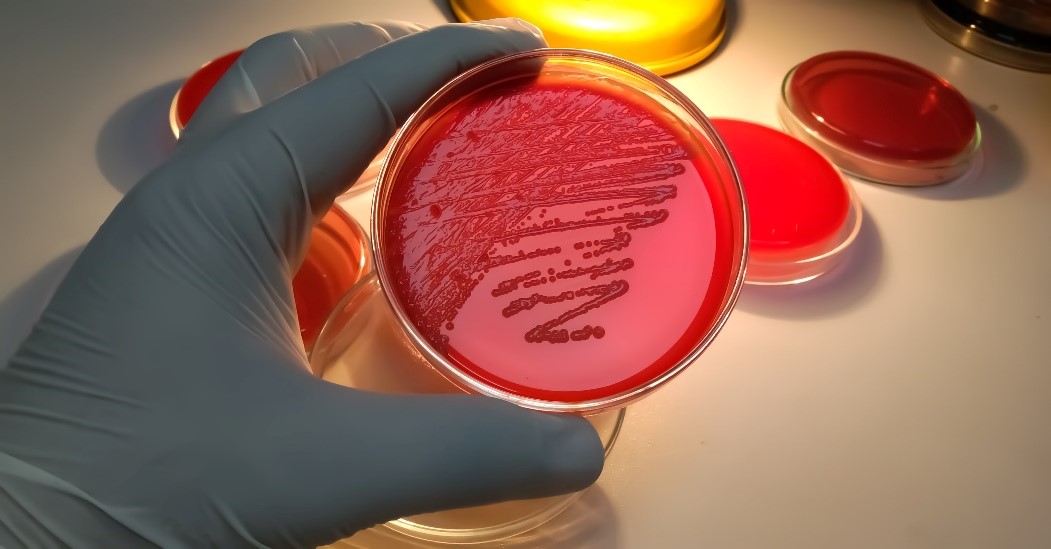The objective of BIOVEXO is to develop environmentally sustainable and economically viable plant protection solutions combining Xylella-targeting biopesticides (X-biopesticides) with biopesticides combatting the insect vectors transmitting the bacterium (V-biopesticides) and to make them for ready use in integrated pest management.
Whereas in the first months of the project BIOVEXO colleagues focused on mapping the disaster and surveying and classifying the cures and measures available, in 2021 they moved towards concluding first design studies on new biopesticides, both against the bacterium itself and against the insect, Philaenus spumarius.
Currently, for plant protection, predominantly chemical pesticides are used; however, these products are not environmentally friendly and are not compatible with organic production and there is no available solution against Xylella, only chemical products against the insect vector. Biopesticides represent an attractive alternative for sustainable agriculture. However, in order to be competitive with the current methods, their production must be thoroughly optimised in order to reach wide acceptance by farmers and crop protection companies.
When addressing measures against Xylella itself, the consortium developed protocols for optimised production of two X-biopesticides: Protocol for production of antagonistic bacteria, and Protocol for production of onion extract.
- Antagonistic bacteria
While developing processes for the production of bacteria using cost-effective and food-grade microorganisms is relatively straightforward for some microbial strains and technologies, less explored species belonging to genera not often used in commercial fermentation settings require more effort in careful optimisation of growth conditions. It is often the case that initial experiments on promising new strains with biopesticide potential are carried out in nutritionally rich growth media, routinely used in the R&D environment. Such media are an optimal first choice for laboratory experiments, however, due to the high cost of such media ingredients, they must be replaced by specific industrial media components before technologies can be taken to commercial scale.

Caption 1: Optimising bacterial growth | Image credit Shutterstock
Thus, the optimisation of production media and production methods for high-cell density cultivation of bacterial X-biopesticide biocontrol strains with antagonistic activity against Xylella has been carried out and tested for three most promising X-biopesticides. Using these optimised production protocols (growth medium, temperature, pH, fermentation time, stirring rate etc.), the X-biopesticides were produced and supplied to the test sites, where their effect was tested against Xylella fastidiosa on olive trees.
- Onion extract
The antimicrobial properties of some natural occurring products are well-known since ancient times. Among all, the Allium genus is especially important and very used since centuries both for the characteristic flavor and the health benefits. The antimicrobial properties of members of Allium are due to the presence of organosulfur compounds (OSCs), also responsible for the smell and taste of these vegetables. With respect to onion (Allium cepa), the main goal was to obtain an onion extract, rich in these OSCs, which have been proposed as good candidates to combat Xylella fastidiosa.
The amount and concentration of the different derivatives belonging to this family of OSCs vary depending on the conditions during the harvest and the extracting process used. In this part of the project, an optimisation of the extraction process has been done. The conditions during the maceration step (Caption 2) have been modified (temperature, time, pH and ratio liquid/solid) and the concentration of the most active OSCs has been monitored with the aim of obtaining extracts with the highest concentration, considering the limitations of industrial production.

Caption 2: Scheme of the onion extraction process | © DOMCA
- Consortium’s V-biopesticides
In the first half of 2021, BIOVEXO partners also developed protocols for optimised production of two V-biopesticides applied and effective against both P. spumarius nymphs and adults.
In the first study, four different consortium-internal V-biopesticides have been tested and optimised (different solvents, different additives, concentration range, application method). Their effect on the vector has been compared, including development of product efficacy over time. Not foreseen before the experiments, one of the products showed positive synergistic effect with different tested additives, a finding that might provide novel treatment options that will be further explored.
- Entomopathogenic fungus
One specific candidate for the V-biopesticide active compound is the entomopathogenic fungus. Production of fungal spores of the fungus was tested at laboratory scale by both liquid and solid-state fermentation. Both fermentation methods were optimised at laboratory scale and were successful at producing the required amounts of spores in high concentrations (Caption 3). Virulence of spores from both batches will be compared in the formulation trials in spring 2021. Virulence and stability will determine the production method that will be further upscaled and optimised later in the project.

Caption 3: Fungal spores produced at a lab scale by liquid fermentation for testing in the field trials to assess their potential as V-biopesticide against Xylella fastidiosa insect vector | © Globachem
These four protocols for optimized production clearly demonstrate that the Biovexo consortium is capable of delivering what has been promised: design and development of biopesticides, application protocols and a broad range of measures, allowing to proceed from the disaster survey to effectively countering the catastrophic Xylella disease in Southern Europe.
Stay tuned for our further updates!
